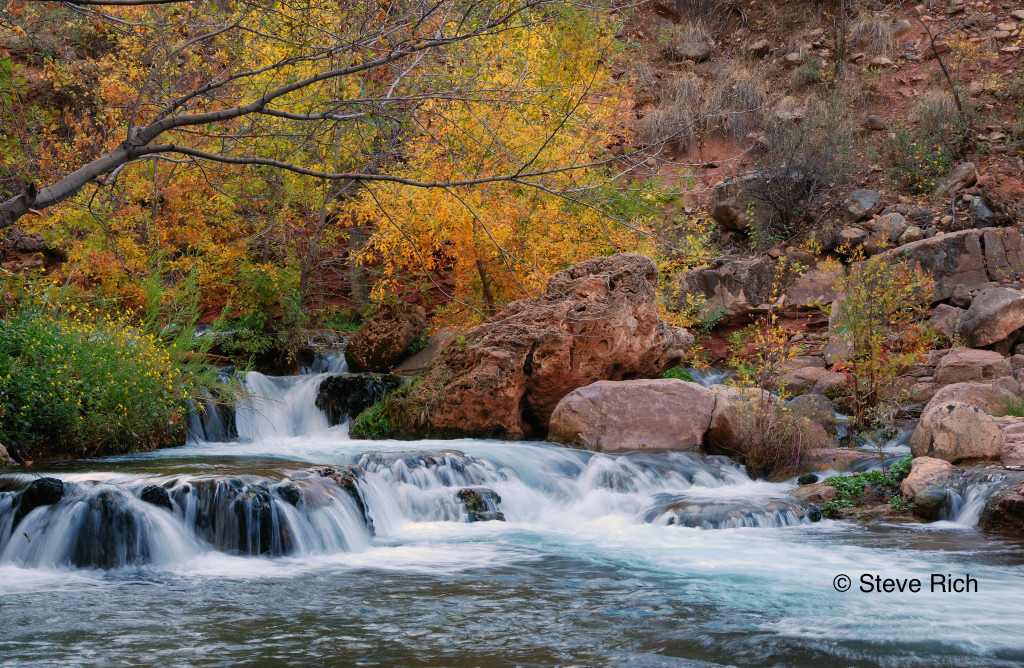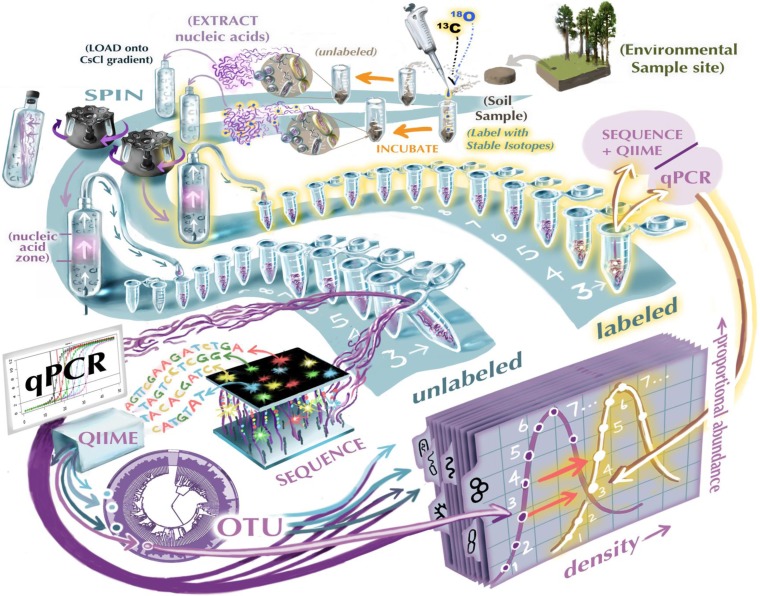Stream Restoration

Fossil Creek Restoration
Can we restore a river after a century of disturbance? Research in the Marks Lab has addressed the following questions:
- How did native species respond to restoration? Employing a BACI design (Before After Control Impact), we determined the relative importance of flow restoration versus non-native fish removal on the populations densities of native fish and invertebrates.
- What were the effects of antimycin A on aquatic invertebrates? One of the unwanted side effects of chemical treatments to remove exotics is their propensity to kill other organisms. We conducted one of the most comprehensive field studies testing how antimycin A affects invertebrates.
- Does food web structure change with restoration? Using stable isotopes of carbon, nitrogen, and hydrogen we determined food web structure before and after restoration. We have observed that in the presence of exotic fish, native fish feed lower on the food chain. We determined that native fish change their diet in areas of the stream where non-native fish were removed Stable isotopes analysis helped us understand the timing and extent of food web changes induced by non-native fish removal.
- Did non-native crayfish undermine restoration of Fossil Creek? The chemical used to kill non-native fish did not harm crayfish. Combining field surveys with manipulative experiments we examined te how crayfish densities changed in the presence and absence of non-native fish.
- How did travertine formation change with increased flow? Historic accounts of Fossil Creek describe a river with large travertine dams. Since the development of the hydropower facility in the early twentieth century, Fossil Creek had been starved of most of its calcium rich waters resulting in decreased travertine formation. In collaboration with geologists Rod Parnell (NAU) Leonard Sklaar (San Francisco State University) we studied how travertine dams reform. (See Marks et al. 2005, Carter and Marks 2007).
- How did ecosystem processes change with increased travertine formation? We have measured a suite of large and small-scale ecosystem processes including decomposition, primary productivity, respiration, nutrient retention and leaf litter retention to determine how changes in geomorphology induced by increased travertine formation affect energy and nutrient flow in Fossil Creek.
- With increased recreation use of Fossil Creek as a direct result of the restoration of full flows, the Marks Lab conducted riparian vegetation and water quality monitoring for the Coconino National Forest to determine if “interim” management of Fossil Creek (prior to implementation of a Comprehensive Management Plan) resulted in protection of these important resources. This monitoring was conducted with funding from the Arizona Water Protection Fund.
Related Publications
Marks, JC. 2007. Down Go the Dams. Scientific American 296(3): 66-71.



